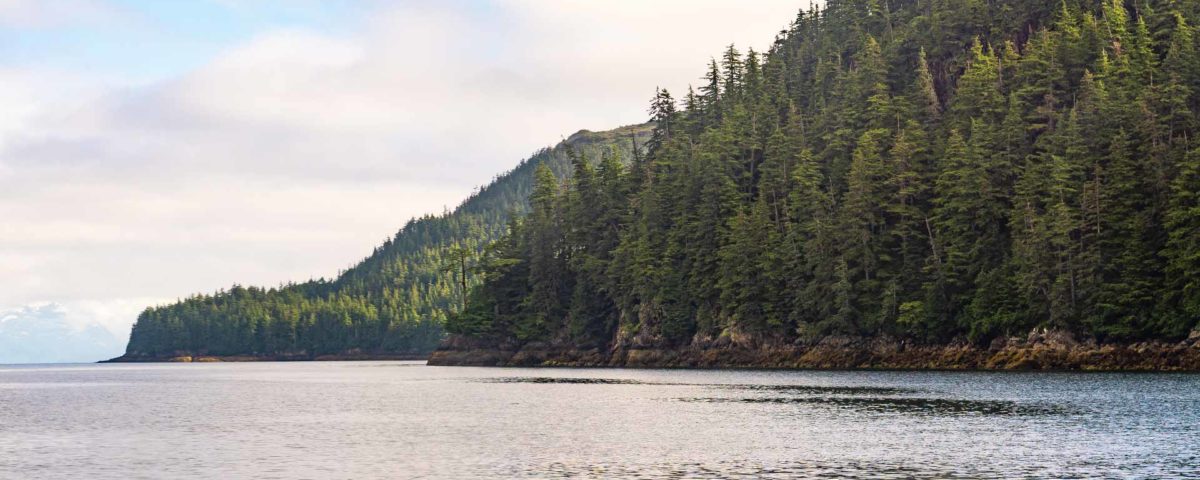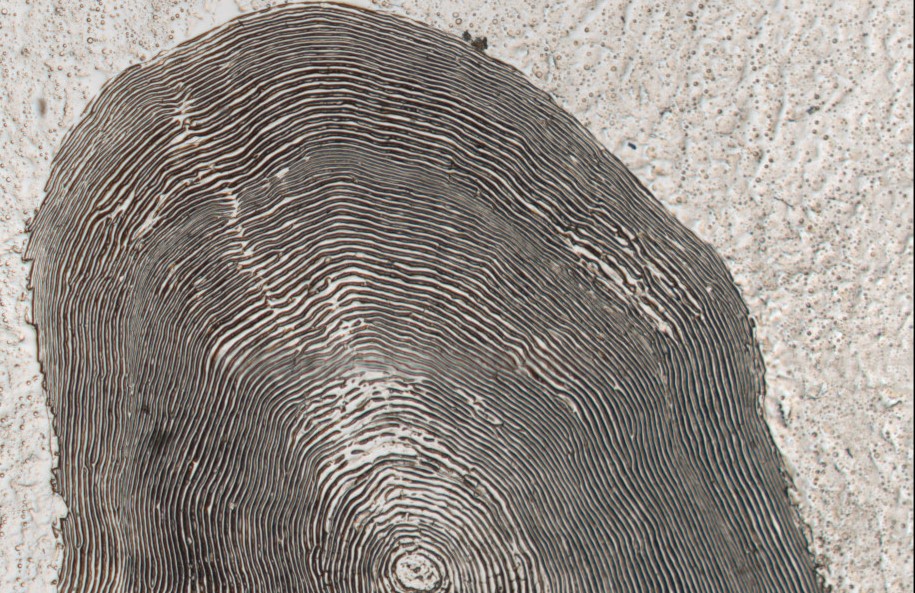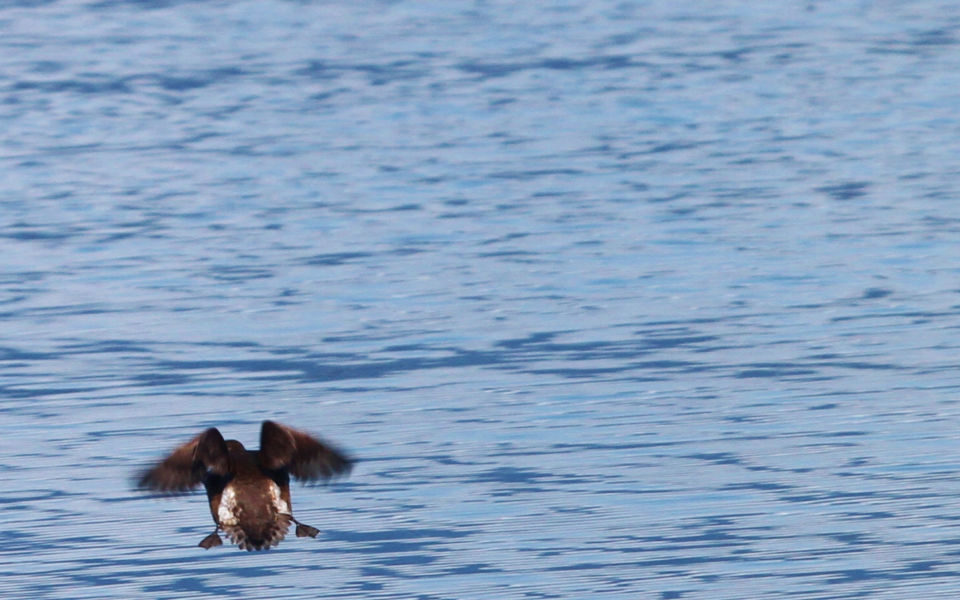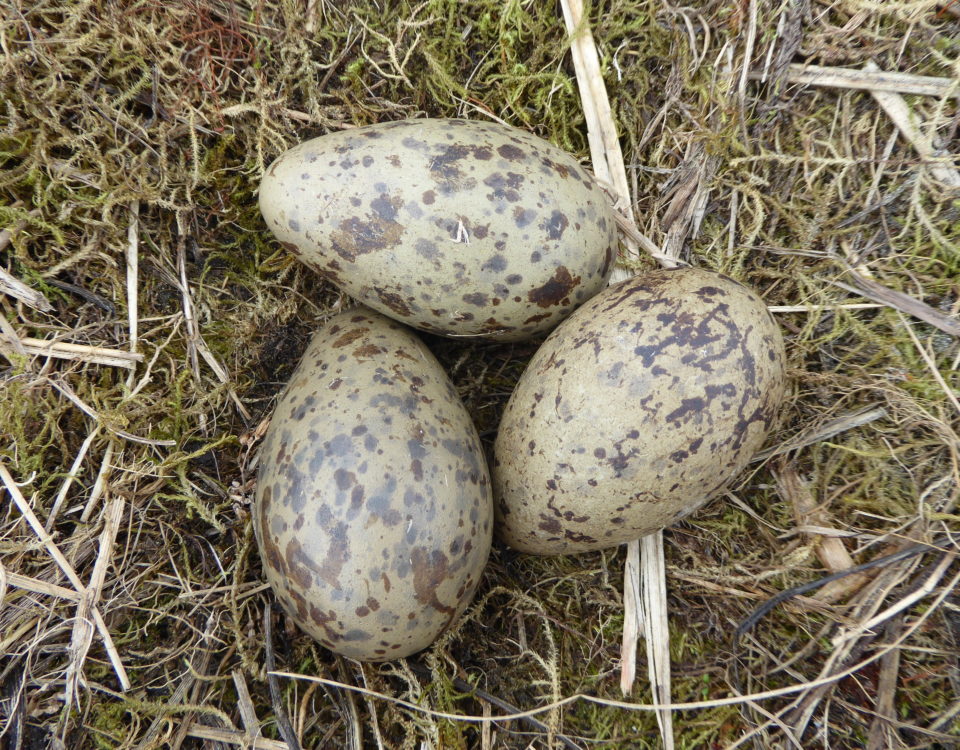Seabird distribution in Cook Inlet

PROJECT
Seabird distribution and use of tidal rips in Cook Inlet
Background
Seabirds inhabit an environment where food is ephemeral and patchily distributed. As a result, seabirds will track habitats with physical and oceanographic features that ensure predictable food resources. In coastal waters, local topographical features can interact with bathymetry, strong currents, and water masses to create spatially and temporally predictable tidal fronts. These fronts referred to as tidal rips, cause changes to zooplankton availability, attracting planktivorous predators such as fish, which in turn attract piscivorous predators including fish, seabirds, and marine mammals.
Within Alaska’s Cook Inlet, three physically powerful and persistent tidal currents occur at the constriction between the upper and middle sections known as the Forelands due to a combination of steep bathymetric features, high current velocities, and frontal convergence zones.
In 2024, we will collaborate with scientists from the University of Alaska Fairbanks to examine how seabirds use these persistent tidal rips in middle Cook Inlet as foraging areas. With more than 100 seabird colonies located throughout the Cook Inlet and Kenai Peninsula region, the marine, coastal, and intertidal waters of Cook Inlet provide important habitats for breeding and migratory seabirds.
Methods
In July 2024, a Prince William Sound Science Center seabird observer will be onboard the University of Alaska Fairbanks research vessel during a two-week spring/neap tide cycle. Surveys will be conducted following established U.S. Fish and Wildlife Service marine bird survey protocols. The observer will record the number and behavior of birds and marine mammals occurring within a strip transect that is 300 meters wide (150 meters on both sides and ahead of the boat, in distance “bins” of 50 meters). Additionally, the observer will record any noteworthy observations out to 1 kilometer on either side of the boat. Concurrent with our seabird surveys, our University of Alaska collaborators will collect in-situ oceanographic observations of the tidal rips. Seabird abundance, as well as their spatial and temporal distribution and foraging behavior, will then be examined relative to the oceanographic measurements.
What We Will Learn
Oil and gas development is ongoing in Cook Inlet and poses a potential risk to the seabird community. Understanding the drivers of fine-scale habitat use in middle Cook Inlet will inform our understanding of the drivers of seabird distribution, as well as seabird vulnerability to oil spills. Our study will be a valuable contribution to inform seabird protection and conservation policies.
PRINCIPAL INVESTIGATOR
Mary Anne Bishop
PWS Science Center
mbishop@pwssc.org
Anne Schaefer
PWS Science Center
aschaefer@pwssc.org
Collaborators
Seth Danielson
University of Alaska Fairbanks
Tyler Hennon
University of Alaska Fairbanks
RESEARCH PERIOD
2024-2026
FUNDING
North Pacific Research Board
Oil Spill Recovery Institute

Location of Cook Inlet’s west, middle and east tidal rip currents (blue lines). Study area in middle Cook Inlet denoted by circle. Map from: Alaska Ocean Observing System https://portal.aoos.org/




